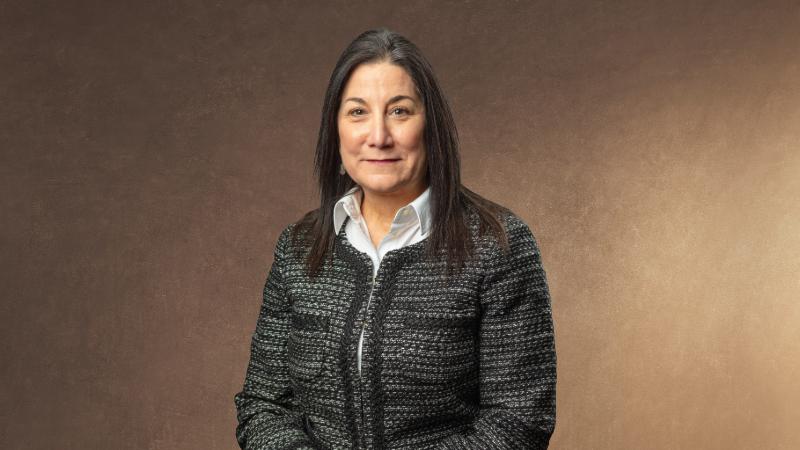
Dr. Andrew Gilbert, a family practice doctor at St. Peter’s Medical Group, chuckles while talking about some of the colonoscopy stigmas. March is National Colorectal Cancer Awareness Month. Photo by: Dylan Brown / Independent Record
April 1, 2019
From the Helena Independent Record:
Dr. Andrew Gilbert lost a sister-in-law to colon cancer last year. She was only 38 years old and had no family history of the disease, which is the fourth most common cancer diagnosed in Montana. She had gone to see her doctor about a chronic cough; what the doctor found was metastatic colon cancer that had spread to her lungs.
To honor his sister-in-law and to help prevent others from suffering the same fate, Gilbert, a family practice doctor at St. Peter’s Medical Group, is speaking out about colorectal cancer.
“This cancer is all about: If you find it early, you can do something about it,” Gilbert said, “but once it’s gone through the colon, you can die.”
According to a 2012 chronic disease surveillance report by the Montana Chronic Disease Prevention and Health Promotion Bureau, a division of Montana Department of Health and Human Services, approximately 500 Montanans are diagnosed with colorectal cancer each year. Between 2006 and 2010, approximately 180 deaths per year were attributed to colorectal cancer, which was the fourth most common cause of death from cancer in Montana.
Gilbert said that while the rate of colorectal cancer among people over age 50 is going down, the rate among people under age 50 is going up.
Survival rates are pretty good when the cancer is diagnosed at the local stage (confined to the colon or rectum) — with 90 percent of patients surviving five years after diagnosis. From there it goes down. When the cancer is diagnosed at the regional stage (spread to surrounding tissue), 70 percent of patients survive the five year mark, and at the distant state (spread to distant organs), only 16 percent of patients survive to the five year mark.
Gilbert’s advice is simply to follow the recommendations of the United States Preventative Services Task Force and get screened at the appropriate times. Starting at the age of 50 — if there is not a family history of the disease — get a colonoscopy every 10 years, a sigmoidoscopy every five years and a high sensitivity fecal occult blood test yearly. If there is a family history, Gilbert says a colonoscopy is recommended every five years.
“Sometimes there is a misunderstanding and people will think, ‘I feel well, I don’t need a colonoscopy,’” Gilbert said. “But the guidelines are for everyone.”
According to the chronic disease surveillance report, the most common reason why people don’t get a colonoscopy is because they think they don’t need one. The report also listed as reasons: lack of recommendation from a doctor, cost, limited access and fear.
The report says that the percentage of Montanans ages 50 and older who reported having a colorectal cancer screening increased from 47 percent in 2002 to 61 percent in 2010. Also in 2010, 57 percent of Montanans between the ages of 50 to 75 reported they were up-to-date with colorectal screenings.
“A colonoscopy is not uncomfortable,” Gilbert said. “Most people sleep through them. The worst part is the prep.”
The prep usually includes drinking between 64 ounces and a gallon of a bowel-clearing liquid the night before the test. The test itself only lasts between 30 minutes and an hour, Gilbert said.
“Just get ’em,” Gilbert said of colonoscopies.
More about colorectal screening from Dr. Emily Bubbers:
Health Matters: Education, screening important tools to prevent colorectal cancer

